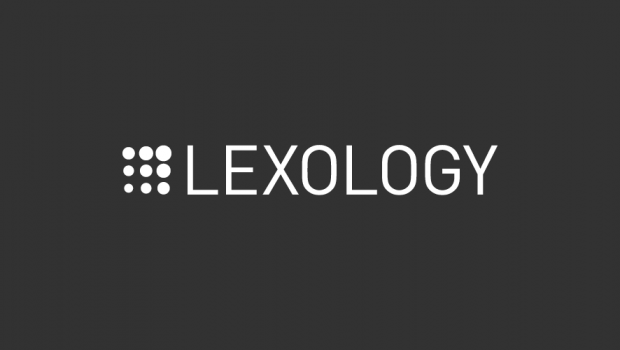We have previously read the importance of regulating terms of intellectual property within a technology transfer ("The importance of regulating terms of industrial and intellectual property in view of technology transfer").
Indeed, technological innovation creates new opportunities for entrepreneurs to establish competitive positions in the market. As well known, these innovations can be subject to intellectual property rights.
This article aims to indicate to economic operators which contract type is most suitable for technology transfer. Therefore, the analysis will focus on the difference between assignment and license for use of intellectual property rights involving technologies transfer.
The technology assignment agreement involves a party, called assignor, that transfers full ownership of the industrial property right for consideration to another party, called assignee.
The technology transfer licensing agreement refers to a party, called licensor, that give the permission to use an intellectual property right to one or more parties, called licensees. In this case, the licensor remains owner of the technology.
Due diligence activities
The entity that 'receives' technology should preliminarily verify the existence and validity of the intangible asset covered by the agreement. Therefore, it is necessary to verify the absence of additional patents and the assignor's ownership of the patent right.
Aftewords, the parties can move on to agreement negotiations. The parties can freely form the agreement. In this regard, it should be noted that Article 2589 of the Italian Civil Code establishes
“The rights resulting from industrial inventions, except for the right to be recognized as the author, may be transferred and disposed of.”
The form of contract, on the other hand, requires written form ad substantiam in the case of transfer of a European patent application (Article 72 European Patent Convention), while the written form ad probationem is required for the transfer of copyright property rights (Article 110 l. 633/1941).
The assignment of intellectual properties rights
In the case of assignment of IP rights, the ownership of IP rights is transferred from the assignor to the assignee. Usually, in such cases a lump-sum is paid for the entire transfer.
For those who do not have interest or experience to implement the technology in their production process should use this type of agreement. Indeed, implementing or exploiting the technology could incur unpredictable costs.
As a result of the assignment of IP rights, the risk hazard related to the implementation of the technology would pass to the transferee for consideration in favor of the assignor
On the other hand, the transferee could purchase a 'technology' and he would be the sole intellectual property right holder even though he would bear the risks associated with the technology implementation.
The technology license agreement
Unlike assignment, the technology use license agreement involves the transfer from the licensor to the licensee of only the right to use the technology, without the ownership being transferred. In this case, in exchange for the license, the licensee pays the licensor a fee called “royalty”.
This contractual type has the advantage of offering more options to the parties. In fact, a license to use (LTU) could be agreed upon only for certain markets in which the licensee already operates. In this way, the licensor would obtain fees that he would not be able to obtain on his own, as he lacks the means and expertise to operate in an unknown market. Moreover, in such cases, the licensor would still remain the sole owner of the property and could continue to economically exploit its technology in its pertinent market.
Another undoubted advantage is the possibility to develop the technology. In fact, the implementation by multiple parties of a given technology would allow for its more rapid growth to the benefit of both parties. Obviously, this should be specially regulated in the agreement by ensuring, for example, an award to those who provide useful input to the other party in the implementation of the technology.
Also, the licensee has the privilege of being able to exploit of a technology that - on its own, due to lack of infrastructure or more simply for economic reasons - he could not otherwise have at its disposal.
On the other hand, the licensor's risk is to create a potential competitor; for this reason, it is essential to regulate in the licensing agreement each party's target markets from both a territorial and a commercial point of view. Instead, a common risk for the parties is to become "dependent" on the other party. On this front, the licensor may need royalties in order to continue developing the technology. Likewise, the licensee could become technologically subordinate to licensor and become unable to develop alternatives should the license agreement not be renewed.
Conclusions
The choice between the assignment of IP rights agreement and the license agreement is a key moment in the economic exploitation of a technology. However, regardless to the form chosen, the parties shall always regulate their relationship by a “tailor made” agreement which should regulate all phases of the operation, starting from the negotiation phase and ending with the way the contract is executed and all the remedies.
On the contrary, the adoption of a standard contract could undermine the chances of economic exploitation of the technology and could even lead the parties to be involved in a lengthy and costly litigation.








Gloss